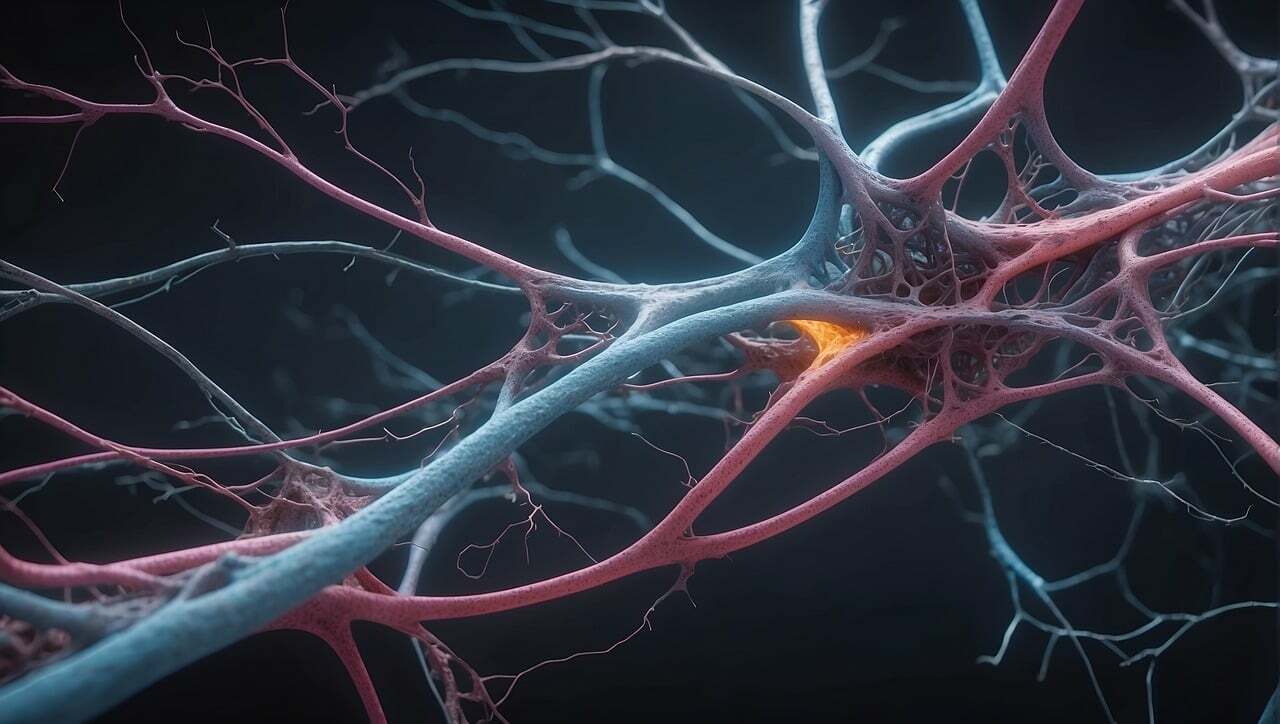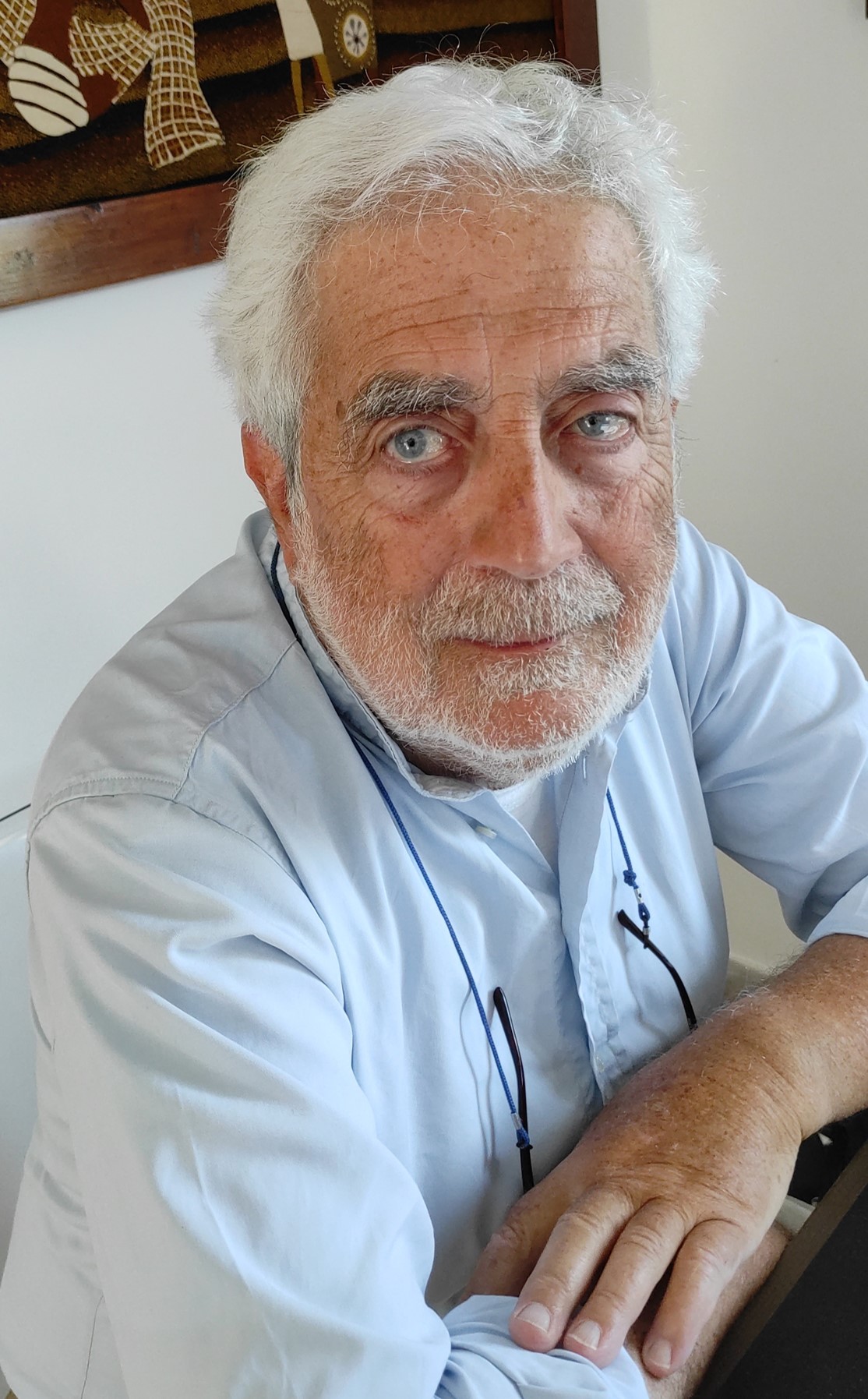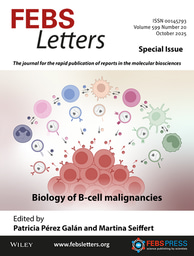Sandro Sonnino: “…the greatest satisfaction that this job in research gave me was the possibility of meeting cultures and traditions far from my own.”


What drew you to your research field?
I began research on the structure and function of gangliosides in 1972 when I was still a student at Milano University (Università degli Studi di Milano) taking a chemistry degree course. I learned of the possibility of carrying out an experimental thesis necessary to obtain the title of Master in science at the biochemistry institute of the Faculty of Medicine. There was too much stench in the laboratories of the chemistry institute and without knowing the available research topics I accepted the offer! Gangliosides and the enzymes involved in their catabolism were studied in the laboratory I was working in and throughout the institute. I immediately found the topic and the development possibilities interesting. As a chemist in a medical environment, I soon had a great opportunity to open up new fields of research and a visceral passion for this topic was immediately born in me − passion that has never abandoned me.
What do you consider the most formative phase of your research career?
From the early years, I was in a group of researchers with great experience and great openness to continuous discussion with everyone regardless of individual experiences. I remember hours and hours of discussion in the late afternoon about the data obtained and future experiments. This allowed me to get to know aspects of research that were very far from my purely chemical culture, allowing me to progressively get closer to those medical aspects of research that have become part of my greatest interest today.
Tell us about one of your favourite published papers from your lab
I have no preference for any of my papers: to me they are all my ‘children’ and there are no preferences for children.
What’s exciting in your research area right now?
Research on gangliosides began in the early 20th century. However, progress in understanding their functional role was initially slow, if not non-existent. Only towards the end of the 1990s, did scientists begin to understand that gangliosides are necessary for correct cellular biology and that in some cases they are directly involved in the establishment of diseases and their worsening. I myself, after years of research dedicated mainly to chemical and physicochemical aspects of gangliosides, then directed my research to medical aspects. Today my main project concerns the role of incorrect biosynthesis of gangliosides in neurodegenerative diseases and in particular in Parkinson's disease. We are working on a new drug that could be capable of slowing down the neurodegenerative process of Parkinson’s disease, if used starting from the early stages of the disease. But progress is slow, also due to the lack of attention from the commercial and political world to the enormous risks from an obvious increase in cases of neurodegenerative diseases in the coming decades. Large investments have allowed the development of pharmacology and surgery, improving the quality and expectancy of our lives. We are now running the great risk of having increasingly older populations, but for this very reason with an ever-increasing incidence of neurodegenerative diseases. Only specific investments in biomedical research in the sector of neurodegenerative diseases will be able to avoid this scenario.
What aspects of your life as a researcher do you most enjoy?
I married a colleague, and many colleagues in the lab became my friends, so our lives in and out of the laboratory often remained immersed in continuous discussions related to our research. However, the greatest satisfaction that this job of research gave me was the possibility of meeting cultures and traditions far from my own. Collaborating scientifically, I made friends with people from elsewhere in Europe, and from India, Japan and the USA. We met in our homes, got to know each other’s families, and shared days and weeks that hardly will be forgotten.
Introduction to Sandro Sonnino’s work
Two recent/key papers:
Fazzari, M. et al. (2023) GM1 oligosaccharide efficacy against α-synuclein aggregation and toxicity in vitro. Biochim. Biophys. Acta – Mol. Cell Biol. Lipids 1868,159350. https://doi.org/10.1016/j.bbalip.2023.159350
Fazzari, M. et al. (2023) GM1 structural requirements to mediate neuronal functions. Glycoconj. J. 40, 655–668. https://doi.org/10.1007/s10719-023-10141-8
More information on the FEBS Open Bio Lecture at the FEBS Congress
Sandro Sonnino will deliver the FEBS Open Bio Lecture at the 48th FEBS Congress in Milano, Italy on Tuesday 2nd July 2024 on ‘Membrane lipids and neural cell signaling’: 2024.febscongress.org/
Top image of post: by Gerd Altmann from Pixabay





Join the FEBS Network today
Joining the FEBS Network’s molecular life sciences community enables you to access special content on the site, present your profile, 'follow' contributors, 'comment' on and 'like' content, post your own content, and set up a tailored email digest for updates.